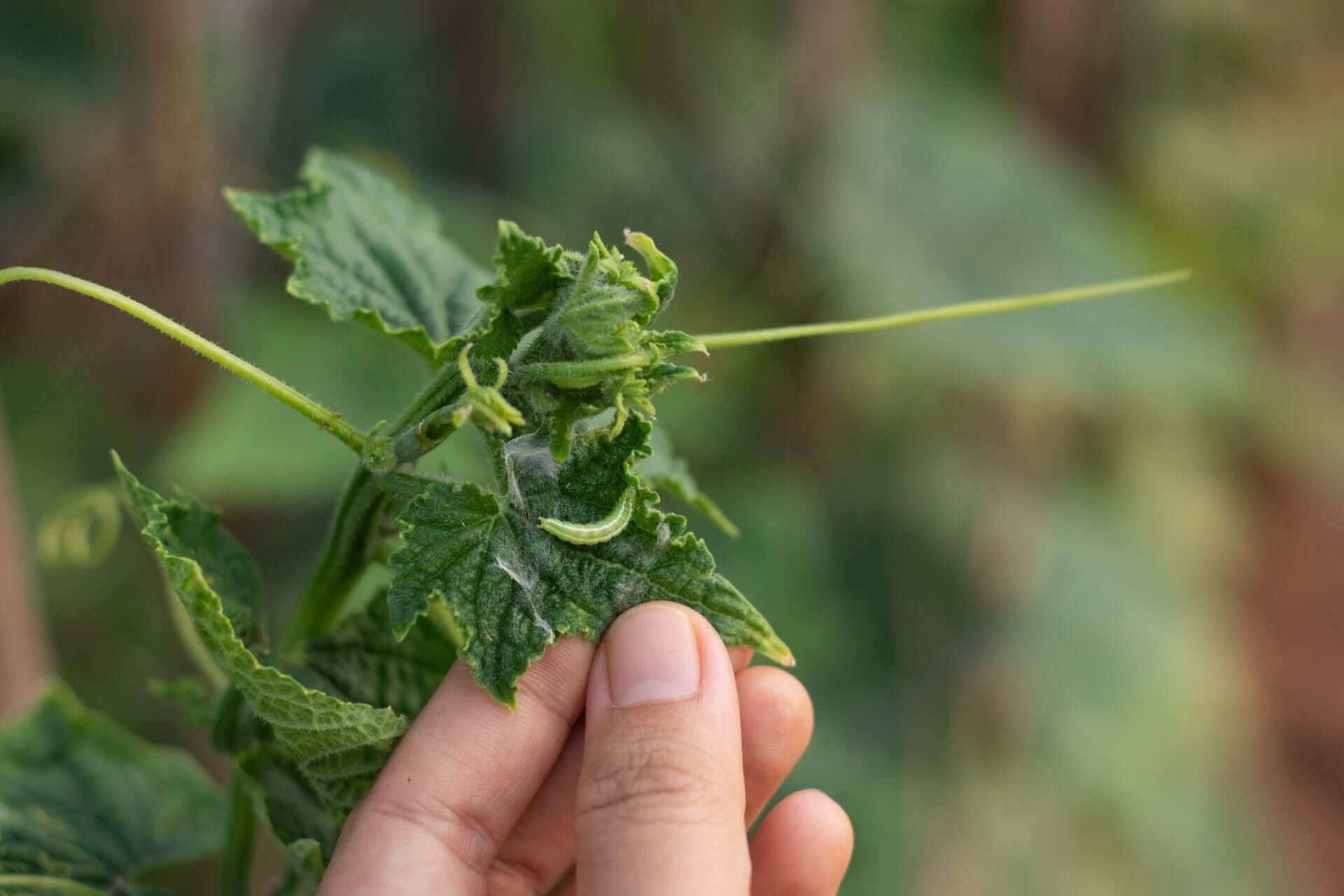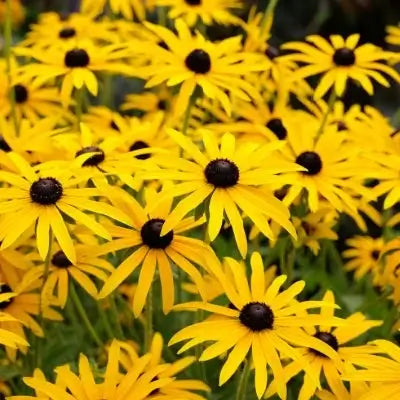10 Ideas to Nourish Your Mind and Soul
In today's fast-paced world, finding moments of tranquility and peace can be challenging. Garden or horticultural therapy is a beautiful way to reconnect with nature, reduce stress, and foster well-being. Whether you have a sprawling backyard or a small balcony, creating a garden space can be fulfilling and therapeutic. Here are ten garden therapy ideas to help you cultivate your oasis of serenity.
1. Tranquil Zen Garden: A Zen garden is a minimalist masterpiece that embraces simplicity and encourages mindfulness. Create a small, raked sand area and add carefully placed rocks and plants like bonsai trees or bamboo. Raking the sand can be soothing and promote relaxation and concentration.
2. Fragrant Herb Haven: Engage your senses by planting a fragrant herb garden. The scent of lavender, rosemary, mint, and thyme can help alleviate stress and anxiety. Not only will you enjoy nurturing these plants, but you'll also have fresh herbs to enhance your culinary creations.
3. Meditative Labyrinth: Design a labyrinth using stones, gravel, or plants. Walking the labyrinth can be a meditative practice, allowing you to slow down, clear your mind, and focus on each step. It symbolizes a journey to your center and back out into the world with a renewed perspective.
4. Butterfly and Pollinator Oasis: Plant flowers that attract butterflies, bees, and other pollinators. Observing these delicate creatures can instill a sense of wonder and connection to the natural world. Plus, you'll be supporting vital pollination processes that benefit the ecosystem.
5. Vegetable and Fruit Sanctuary: Growing your food is rewarding and therapeutic. Cultivate a vegetable and fruit garden, even in pots on a balcony. Witnessing plant growth and enjoying the fruits of your labor can boost your mood and promote a sense of accomplishment.
6. Reflective Water Features: The soothing sound of water can create a peaceful ambiance. Install a small fountain, pond, or birdbath in your garden space. The gentle sound of trickling water can help mask noise from the outside world and provide a serene atmosphere for reflection.
7. Creative Container Garden: If space is limited, explore container gardening. Get creative with your chosen containers, such as repurposed buckets, colorful pots, or hanging baskets. Plant a mix of flowers, herbs, or small vegetables to add color and life to your surroundings.
8. Sensory Garden Experience: Design your garden to engage all five senses. Include visually appealing flowers, textured foliage, fragrant herbs, wind chimes for sound, and even edible plants to taste. This holistic sensory experience can be both stimulating and calming.
9. Therapeutic Gardening Workshops: Consider joining or organizing gardening workshops in your community. These sessions can provide valuable knowledge, a sense of community, and an opportunity to share experiences and tips with fellow gardening enthusiasts. Working together in a garden can foster connections and a sense of belonging.
10. Nature-inspired Art Corner: Integrate art into your garden therapy by dedicating a space to creativity. Set up an easel for painting, create sculptures from natural materials, or arrange stones to make temporary mandalas. Expressing yourself through art can be cathartic and an excellent way to connect with your surroundings.
Incorporating garden therapy into your routine can yield a multitude of benefits.
Scientific research has shown that spending time in nature and engaging in gardening activities can reduce cortisol levels (a stress hormone), lower blood pressure, and improve overall mental well-being. As you embark on your garden therapy journey, remember that it's not about the size of your garden or the perfection of your plants.
It's about connecting with nature, finding solace in its beauty, and nurturing your well-being. Whether you're tending to a small balcony garden or a sprawling backyard oasis, the benefits of garden therapy are accessible to everyone willing to dig in the soil and let nature's rhythm guide them toward serenity. The world is a tapestry of wondrous sights, sounds, and sensations, offering a sanctuary of tranquility for those willing to pause and immerse themselves in its marvels.
Whether it's the delicate hues of a sunset painting the sky, the soothing rhythm of ocean waves, or the musical chorus of birdsong at dawn, nature's symphony can remarkably uplift our spirits and restore our sense of balance. In a modern society characterized by constant connectivity and a relentless pursuit of productivity, seeking solace in beauty might seem like a luxury—a fleeting moment of indulgence amidst a flurry of responsibilities.
However, the truth is that embracing moments of aesthetic wonderment is not a frivolous endeavor but a vital one. Science has shown that exposure to natural beauty and engaging with art can profoundly affect our mental and emotional well-being. When we allow ourselves to be captivated by the intricate details of a flower or the play of light through leaves, our minds enter a state of mindfulness—in which the present moment takes precedence over worries of the past or anxieties about the future.
This meditative experience is akin to pressing a reset button for our brains, granting us a reprieve from the endless stream of thoughts that often dominate our consciousness. It's a chance to breathe and immerse ourselves in the present reality.
Beyond its immediate tranquility, finding solace in beauty also opens doors to creativity and introspection.
Whether it's a poet finding metaphors in the colors of a garden or a painter translating the play of shadows into brush strokes, the beauty that envelops us can be a wellspring of creative energy. Moreover, this practice of seeking solace in beauty extends to the artificial wonders that grace our world. Architecture, music, literature, and countless other forms of human expression carry the potential to stir our souls and ignite a sense of wonder.
Strolling through an art gallery, an evening at the theater, or even a quiet afternoon spent with a well-crafted novel can be as rejuvenating as walking through a sun-dappled forest. As we navigate life's challenges and uncertainties, nurturing our well-being becomes paramount.
It's not a luxury; it's a necessity. And amidst this pursuit, finding solace in beauty emerges as a gentle yet potent tool. It's a reminder that beyond the obligations and stresses accompanying our daily routines, a world of respite invites us to pause, absorb, and appreciate. In conclusion, finding solace in the beauty that graces our world is essential to well-being.
It's a practice that encourages us to step away from the relentless demands of life and immerse ourselves in moments of wonder. By engaging with nature's artistry and human creativity, we tap into a wellspring of tranquility, inspiration, and mindfulness. So, let us embrace the symphony of colors, shapes, and sounds that surrounds us, for in doing so, we gift ourselves the precious opportunity to nurture our souls and restore our sense of balance amidst life's ever-shifting currents.
Choosing Plants for a Therapeutic Garden Experience
1. Focus on Sensory Appeal
Plants that engage the senses are one of the best methods for promoting relaxation and active participation in therapeutic gardens. Combining vibrant flowers, aromatic herbs, and diverse textures creates an inviting gardening experience that helps individuals maintain focus and a sense of presence.
Fragrance: The power of scent lies in its ability to bring back memories while reducing anxiety and promoting a sense of calmness and balance. Therapy gardens gain substantial benefits from plants that emit calming scents. The tactile interaction with blossoms and leaves that emit fragrance when touched or watered promotes active engagement.
Texture: Ornamental grasses and soft leaves produce rustling sounds while they move in the wind, stimulating both the sense of touch and hearing. The simple act of softly stroking leaves or hearing the wind blow through grasses provides a deeply relaxing experience for visitors.
Color: Floral colors such as yellows, oranges, and reds provide uplifting energy, while blue, purple, and green tones produce a calming atmosphere. Your emotional experience will vary depending on which area of the garden you spend time in when you use a balanced color palette.
2. Ease of Growth and Maintenance
Garden therapy attracts many people who desire stress relief rather than additional stress. Selecting easy-care plants leads to a rewarding gardening experience.
Hardiness: Plant species that adapt to different soil conditions and weather patterns lower the risk of disappointing plant failure.
Minimal Pests or Disease Issues: Resilient plants minimize your reliance on pesticides and complex maintenance while reducing necessary interventions.
Low Water Requirements: Choose drought-resistant plant species when you reside in areas that experience frequent dry periods. Plant stress and wilting become less likely when you choose varieties that handle irregular watering well.
The aim is to establish an environment that provides nurturing support. Gardeners gain satisfaction from easy-to-grow plants, which motivates them to keep interacting with their garden space.
3. Incorporating Herbs for Culinary and Aromatic Benefits
Many therapeutic gardens rely on herbs because they serve multiple purposes and stimulate all the senses.
Aromatherapy and Taste: Different plants produce herbal scents that are calming or invigorating. The sensory pleasure of fresh herbs enhances mealtime experiences by linking daily life to gardening activities.
Indoor-Outdoor Versatility: Many herbs thrive when planted in containers or cultivated indoors on a windowsill, ensuring consistent accessibility throughout the year for individuals with limited mobility and during colder seasons.
Harvesting Rituals: Snipping fresh herbs provides therapeutic benefits. Users witness their care results immediately while using the harvested sprigs in teas and recipes or displaying them as aromatic decor.
People actively working with herbs build a stronger bond with nature and encourage personal wellness practices.
4. Emphasizing Foliage and Texture
Although flowers receive the most attention, foliage plants with bold leaves or distinctive textures hold equal visual appeal in therapeutic garden settings. The plants remain visible and provide a continual sensory experience throughout all seasons. Certain foliage plants display color variations, while others feature unique leaf shapes that draw people to touch them.
Year-Round Structure: Evergreen shrubs and ornamental grasses provide a garden's stable core by providing continuous visual interest throughout all seasons. Their stable presence also serves as a grounding element for people involved with therapy activities.
Soft or Unique Leaves: Certain plants' downy or velvet-like texture delivers a unique sensory touch experience. When participants softly touch plant leaves, it promotes mindfulness, which draws their attention to the present moment.
5. Planning for Wildlife and Pollinators
The presence of pollinators and small wildlife deepens a garden's meditative qualities. Watching butterflies and birds alongside bees promotes an awareness of nature and bonds us with the larger ecosystem.
Pollinator-Friendly Blooms: Choose flowering plants that produce ample nectar to attract butterflies and bees while nourishing hummingbirds. The presence of these creatures provides extra sensory input because watching colorful insects move through flowers has a calming and mesmerizing effect.
Bird-Friendly Features: Adding a water feature or planting shrubs that bear berries creates an inviting environment for birds. The chorus of bird songs combined with their graceful movements creates a serene soundtrack for the healing garden.
Gardeners who create wildlife habitats can participate in environmental stewardship efforts, which helps them develop a stronger sense of purpose.
6. Encouraging Active Participation
The most effective garden therapy programs require participants to engage with the entire plant growth process, from seed planting to harvesting or pruning activities. Completing basic tasks allows physical movement, which helps develop hand-eye coordination while providing deep satisfaction.
Seed Sowing and Propagation: Beginning gardening through planting seeds or cuttings offers an easy way for people to start growing plants. Tiny sprouts from seeds can create feelings of hope and achievement in people.
Watering and Grooming: Basic gardening activities such as watering plants and removing dead flowers help build confidence while providing beneficial gentle exercise.
Harvesting and Arranging: Collecting herbs, flowers, or foliage for arrangements or culinary use enhances the creative process. Participants receive instant gratification through their care routines' visual appeal and fragrance.
When tasks demand little effort and remain straightforward, they help maintain a sense of relaxation and enjoyment. Raised beds and container gardens, together with adaptive tools, serve as effective modifications that help people with physical limitations fully participate in a therapy garden setting.










































































































